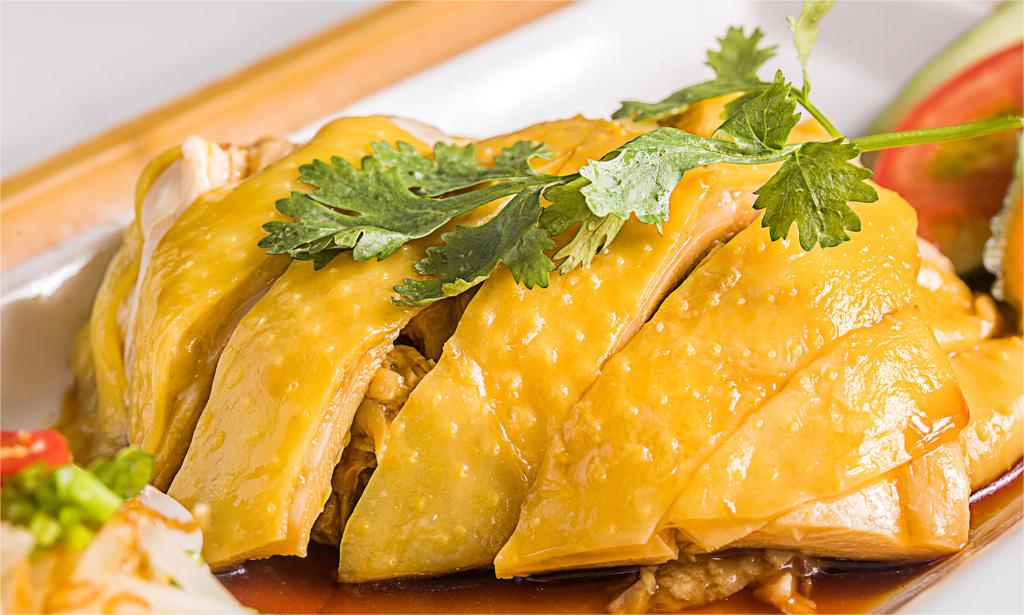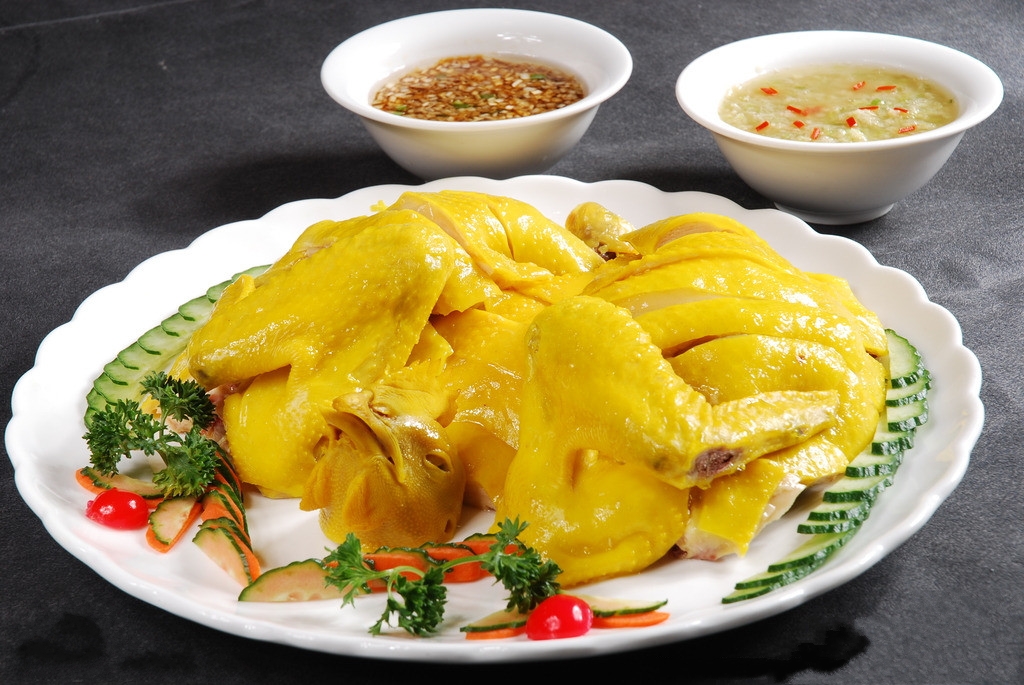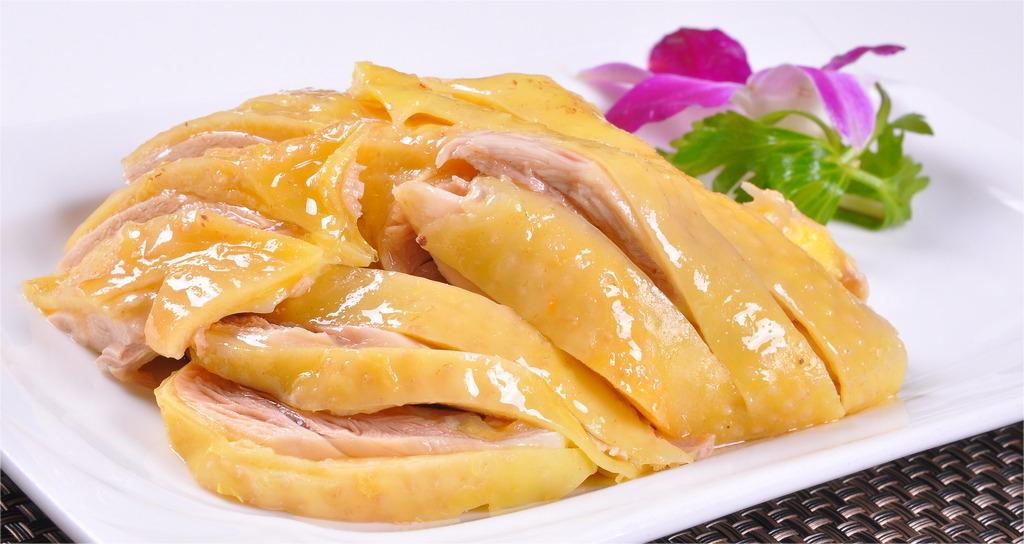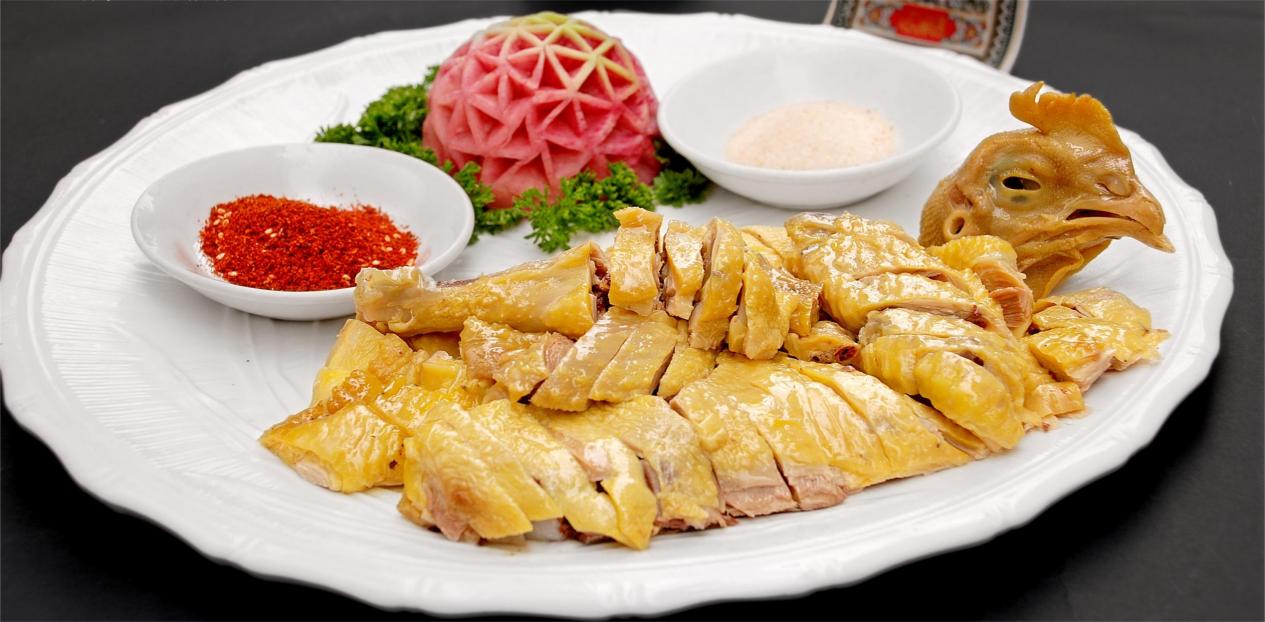Introduction
Cantonese White Cut Chicken, known as "Bai Qie Ji" in Chinese, is a beloved dish in Cantonese cuisine. Renowned for its simplicity and delicate flavors, this dish showcases the essence of fresh ingredients and traditional cooking techniques. Whether served at family gatherings or special occasions, White Cut Chicken holds a special place in the hearts of many. This article explores the history, preparation methods, flavors, and cultural significance of this iconic dish.

I. Historical Background
The origins of White Cut Chicken can be traced back to Guangdong Province in southern China. The dish has a rich history, dating back to the Qing Dynasty, when it was commonly prepared for festive occasions and family celebrations. Its simplicity made it a favorite among farmers, who would cook it as a way to celebrate bountiful harvests.
Over time, White Cut Chicken evolved into a staple in Cantonese cuisine and became a symbol of hospitality and abundance. Its popularity has transcended regional boundaries, making it a cherished dish in Chinese restaurants worldwide.
II. Preparation Techniques
The preparation of Cantonese White Cut Chicken focuses on quality ingredients and precise cooking methods. Here’s a detailed guide to making this classic dish:

1. Choosing the Right Chicken
Selecting high-quality chicken is crucial for making White Cut Chicken. Traditionally, free-range or organic chickens are preferred, as they tend to have firmer, more flavorful meat. Look for chickens that are plump, with smooth skin and no blemishes.
2. Preparing the Chicken
Start by cleaning the chicken thoroughly, removing any innards and excess fat. Some cooks like to rub the chicken with salt to enhance the flavor and remove any residual odors. To infuse additional fragrance, ginger slices and green onions can be placed inside the cavity.
3. Cooking the Chicken
In a large pot, bring enough water to a boil and add the chicken, along with ginger and green onion for flavor. Once the water reaches a rolling boil, reduce the heat to a gentle simmer. It’s essential to maintain a low temperature, as boiling can make the chicken tough. Cook the chicken for about 30 to 40 minutes, depending on its size.
4. Cooling the Chicken
After cooking, remove the chicken from the pot and place it immediately into a bowl of ice water. This step helps stop the cooking process, ensuring the meat remains tender and juicy. Cooling the chicken in ice water also makes the skin more taut and glossy.

5. Slicing and Serving
Once cooled, remove the chicken from the water and pat it dry. The chicken is then chopped into even pieces, typically including both meat and skin. Traditional accompaniments include soy sauce, sesame oil, and minced garlic, which enhance the dish's flavors without overpowering the natural taste of the chicken.
III. Flavor Profile and Enjoyment
Cantonese White Cut Chicken is celebrated for its clean, subtle flavors. The chicken is tender and juicy, with a silky skin that glistens invitingly. When paired with dipping sauces, the dish offers a delightful combination of textures and tastes.
This dish is often served as a cold platter, making it an excellent appetizer or side dish. It pairs beautifully with steamed rice or congee, providing a comforting meal. In celebratory settings, White Cut Chicken is usually presented as a centerpiece, symbolizing prosperity and unity among family and friends.

IV. Cultural Significance
In Cantonese culture, White Cut Chicken is more than just a dish; it represents familial bonds and the joy of sharing meals together. It is commonly served during festive occasions, family reunions, and celebrations, embodying the warmth of home and hospitality.
With the globalization of cuisine, Cantonese White Cut Chicken has gained recognition far beyond China. Many international diners have come to appreciate this dish through Chinese restaurants and culinary experiences, further promoting the rich traditions of Cantonese cuisine.
Conclusion

Cantonese White Cut Chicken stands as a culinary classic that beautifully highlights the principles of freshness, simplicity, and quality in cooking. Its tender meat, exquisite flavors, and cultural significance make it a timeless favorite for many. Whether enjoyed at home or in a restaurant, this dish continues to bring people together, celebrating the joys of good food and shared moments. As it evolves and adapts, White Cut Chicken remains a shining example of the enduring legacy of Cantonese culinary traditions.



